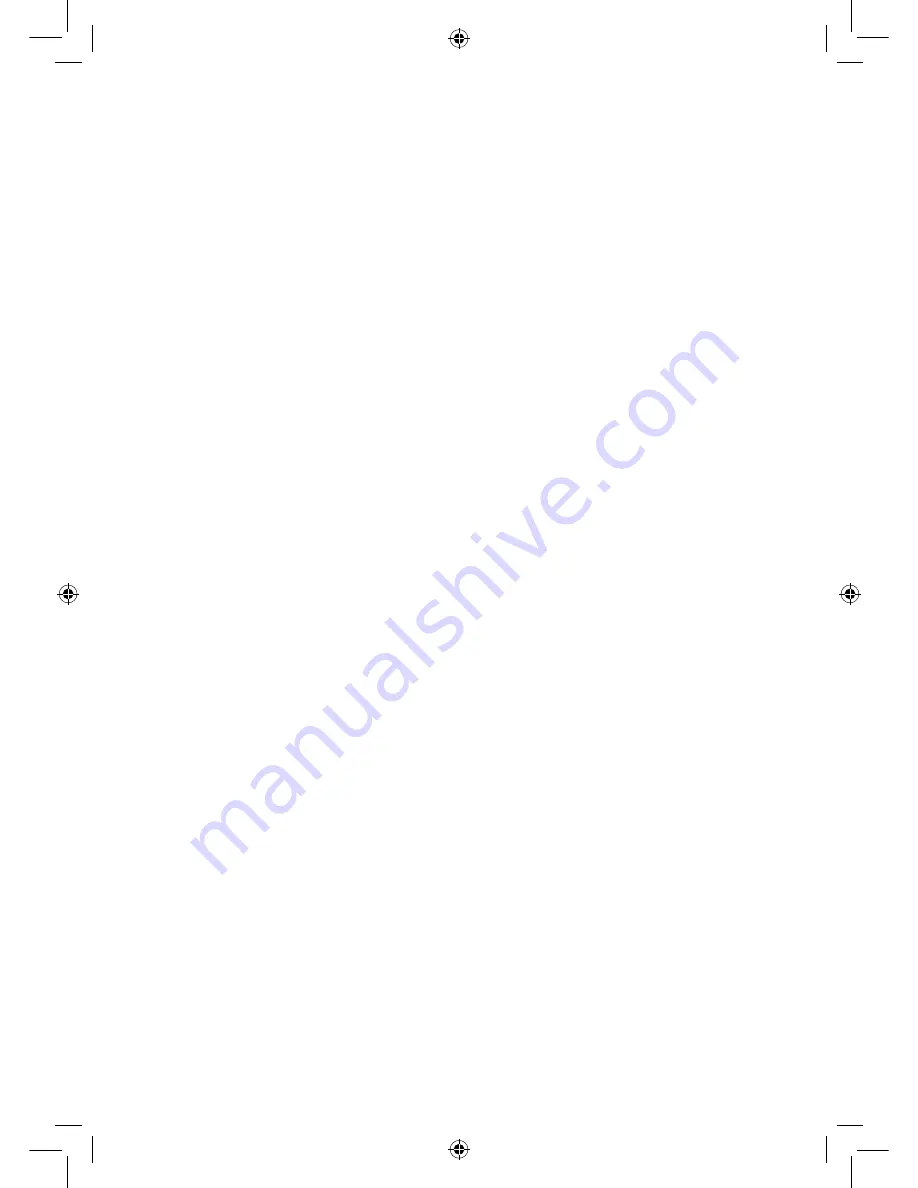
22
PRESSURE COOKING TIPS
•
The pressure cooker must never be filled more than 2/3 full or to the MAX. marking, the
unused space is needed to produce pressure.
•
The amount of liquid required is less than for traditional cooking methods.
•
Time to build pressure can vary and depends on the menu selected, volume and
temperature of the ingredients placed in the cooking pot. Once pressure has built up,
cooking will commence.
•
Cooking times will vary slightly due to ingredient sizes and starting temperatures.
•
When adapting your own recipe to cook in the pressure cooker, reduce the cook time by
half and the liquid by half. However, never cook with less than 1 cup of liquid. We suggest
you experiment with your recipes to get a feel for what changes you will need to adapt.
•
Hot liquid will come to pressure quicker than cold liquid.
•
Foods can overcook if using the natural release method.
•
Do not cook foods that foam such as oatmeal, barley, rhubarb, apples and pasta. Foaming
from these foods can block the pressure cooker exhaust valve and red float valve.
CARE AND CLEANING
1.
Switch off the wall power outlet and remove the plug from the socket.
2. Allow the pressure cooker to cool completely prior to cleaning.
3. Remove the lid and cooking pot, and hand wash them in warm soapy water. The cooking
pot is dishwasher safe.
4. If ingredients have built up and stuck at the bottom of the cooking pot, soak the pot in
warm water before cleaning.
5. Remove the gasket, anti-block shield, exhaust valve, red float valve and red float valve seal and
wash in warm soapy water. Allow all parts to dry completely before re-installing into the lid.
Note: Ensure gasket and anti-block shield are put back correctly. Refer to assembly
information on page 9.
6. Wipe the exterior with a damp cloth and dry thoroughly.
7.
Dry all parts completely before placing them back into the pressure cooker interior. Ensure
the outside of the cooking pot is completely dry and that the inside of the pressure cooker
is also dry.
8.
Do not use alkaline cleaning agents or harsh abrasives when cleaning the cooking pot and exterior.
9.
Do not immerse base in water or any other liquid.
10. When storing the pressure cooker, leave the lid disengaged to preserve the life of the gasket.
11. If your pressure cooker has been left with an odour, simply place 2 cups of boiling water in
the cooking pot with half a lemon in it and use the manual function to cook for 3 minutes
with the exhaust valve in release position. Rinse thoroughly, dry well and store.
12. If there is a lingering odour soak the rubber gasket in warm soapy water. This will help to
degrease the rubber and to avoid lingering odour.
13. The cooking pot is dishwasher safe. However, with many non-stick cooking vessels, it
is wise to simply wash in hot soapy water in your sink. This will maintain the non-stick
coating of the cooking pot over life.
14. When cooking, cleaning and caring for your pressure cooker,
be certain to use utensils
that will not scratch the cooking surface of the cooking pot.
















































